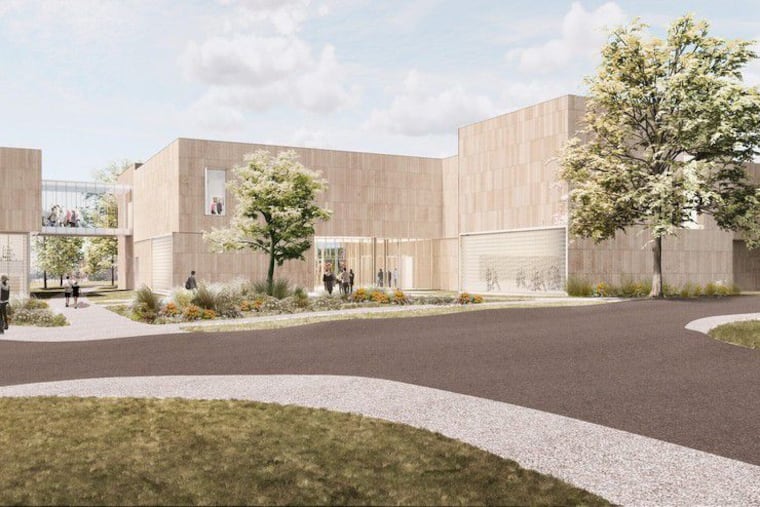Penn State board approves plans for $85 million art museum
University officials believe the new museum would be the largest in square footage and size of collection between Philadelphia and Pittsburgh.

University officials believe the new museum would be the largest in square footage and size of collection between Philadelphia and Pittsburgh.
